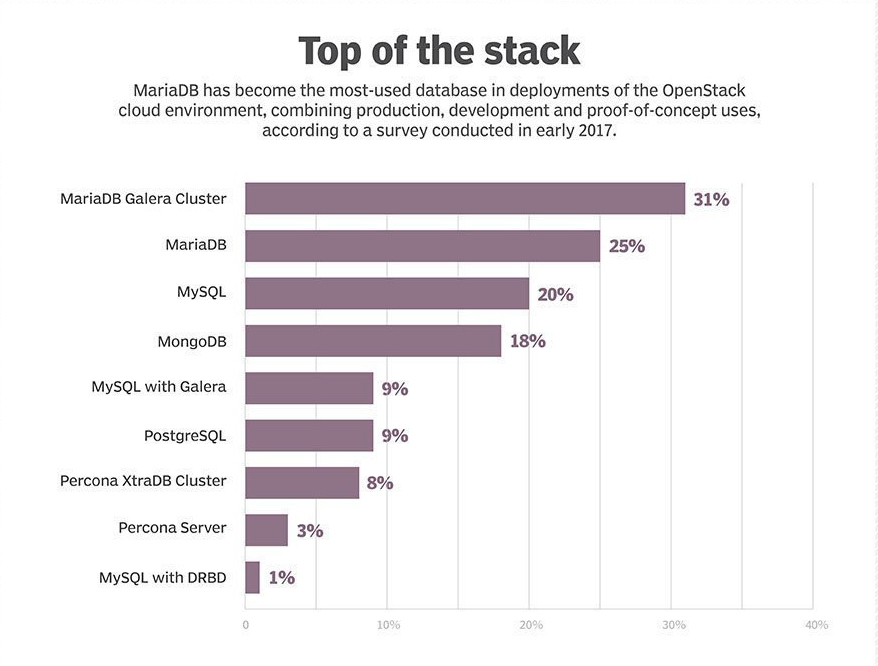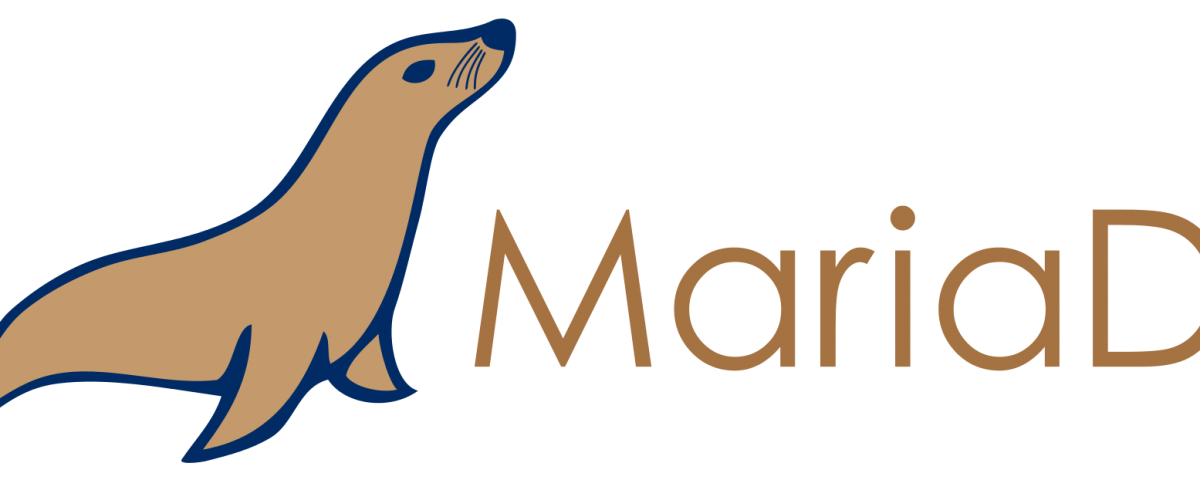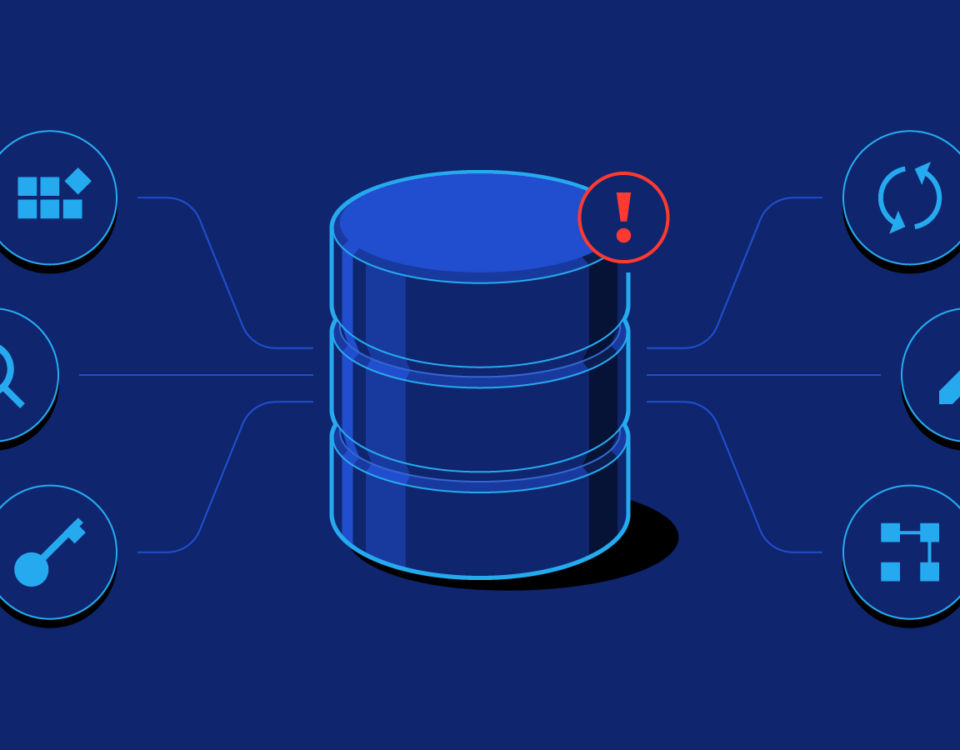What Is MariaDB?

Git vs. GitHub: What’s the Difference?
22nd June 2021
What is Vuex?
25th June 2021MariaDB is a community-developed, commercially supported fork of the MySQL relational database management system (RDBMS), intended to remain free and open-source software under the GNU General Public License. Development is led by some of the original developers of MySQL, who forked it due to concerns over its acquisition by Oracle Corporation in 2009.
PHP course in Junagadh
MariaDB intended to maintain high compatibility with MySQL, ensuring a drop-in replacement capability with library binary parity and exact matching with MySQL APIs and commands. However, new features diverge more. It includes new storage engines like Aria, ColumnStore, and MyRocks.Its lead developer/CTO is Michael “Monty” Widenius, one of the founders of MySQL AB and the founder of Monty Program AB. On 16 January 2008, MySQL AB announced that it had agreed to be acquired by Sun Microsystems for approximately $1 billion. The acquisition completed on 26 February 2008. Sun was then bought the following year by Oracle Corporation. MariaDB is named after Widenius’ younger daughter, Maria. (MySQL is named after his other daughter, My.)
Origins and versions of MariaDB
Underlying the MariaDB effort is dissatisfaction on the part of MySQL’s initial developers with the evolution of that database, which came under the stewardship of Oracle when the database market leader completed its purchase of Sun Microsystems Inc. in early 2010, nine months after announcing the deal.
The development of MariaDB was led by Michael “Monty” Widenius, who was also the lead developer on MySQL and a founder of MySQL AB, a vendor that Sun bought in 2008. After leaving Sun in early 2009, he and several colleagues began work on a MySQL storage engine that soon morphed into MariaDB, which is named after Widenius’s youngest daughter. He also formed a new company that merged with a database consulting business to create what eventually became known as MariaDB Corp.
The first release of MariaDB, known as version 5.1, became available for production uses in early 2010. Versions 5.2, 5.3 and 5.5 followed, and then MariaDB 10.0 was released in 2014. It represented a change in the database’s classification scheme, as earlier release numbers were patterned after MySQL ones.
MariaDB 10.1 and 10.2 came after that in 2015 and 2017, respectively. The 10.2 version, which was up to a 10.2.12 release as of January 2018, employs InnoDB as the default storage engine, and new features include a JSON data type designed to boost ties with MySQL on JSON. Next in line for release is MariaDB 10.3, which became available in alpha and beta versions in 2017.

Running and licensing MariaDB
The MariaDB software runs on Windows, Linux and macOS operating systems; it’s available on Intel and IBM Power8 hardware platforms, and runs as a service on several cloud platforms. Supported programming languages include C++, C#, Java, Python and others.
A Linux-based MariaDB Galera Cluster implementation was also developed to provide a synchronous multi-master cluster option for MariaDB users. However, the API that connects the database to Galera Cluster, another open source technology, is included by default in MariaDB starting with the 10.1 release, eliminating the need for the separate cluster download.
MariaDB is provided as open source software under version 2 of the GNU General Public License (GPL), as is the MariaDB ColumnStore engine, which is designed for use in big data applications. MariaDB Corp. also offers a database proxy technology called MaxScale that lets querying be split across multiple MariaDB servers; it’s available under a Business Source License created by the company that charges a price for MaxScale in deployments with more than three servers, although versions of the software are scheduled to transition to open source via the GPL within four years of being released.
As with other open source RDBMS technologies, such as PostgreSQL and Firebird, both MariaDB and MySQL have found use as lower-cost alternatives to mainstream Oracle, Microsoft SQL Server and IBM DB2 databases. Web and cloud applications are seeing significant use of open source databases; in particular, MariaDB has won adherents among users of other components in various open source software combinations, including the OpenStack framework. Among MariaDB users are Wikipedia, Facebook and Google, as well as Singapore-based DBS Bank and the Institute for Health Metrics and Evaluation in Seattle.



